Creating comics, whether digitally or traditionally, involves a combination of artistic skill and the right software tools. The best software for creating comics often depends on your specific needs and preferences. These software programs offer a range of features tailored to the needs of comic creators, including drawing and illustration tools, panel layout capabilities, text and lettering options, and more.
Common types of comic software
- Drawing and Illustration Software: These programs provide a wide array of brushes, pens, and digital art tools for creating comic art. They are used for sketching, inking, coloring, and shading. Examples: Adobe Photoshop, Clip Studio Paint, Corel Painter, Procreate (for iPad), Krita, MediBang Paint.
- Comic Creation Software: These applications are specifically designed for the creation of comics and graphic novels. They often include features like panel creation, speech bubble placement, and templates for comic page layout. Examples: Clip Studio Paint, Comic Life, Smith Micro’s Manga Studio (now Clip Studio Paint), CLIP STUDIO (for webcomics).
- Vector Graphic Software: Vector-based software is ideal for creating clean and scalable comic art. It’s commonly used for line art, lettering, and creating clean, inked illustrations. Examples: Adobe Illustrator, Inkscape.
- Lettering Software: These programs focus on creating and editing text and lettering for comics. They often include features like various fonts, balloon creation, and text placement. Examples: Comic Life, Adobe Illustrator (for lettering), Manga Studio (now Clip Studio Paint).
- Webcomic Platforms: These are online platforms designed for publishing webcomics. They often include webcomic hosting, templates, and tools for creating and publishing comics on the internet. Examples: Webtoon, Tapas, ComicFury, Smack Jeeves.
- Storyboarding Software: While primarily used for storyboarding in film and animation, some storyboard software can also be useful for planning comic layouts and sequences. Examples: Storyboard That, Toon Boom Storyboard Pro.
- Digital Asset Management (DAM) Tools: DAM software helps comic creators organize and manage their digital assets, such as character designs, backgrounds, and reference materials. Examples: Adobe Bridge, Adobe Lightroom, Adobe Creative Cloud Libraries.
- Collaboration and Scriptwriting Tools: These tools assist with collaboration between writers and artists by providing a platform for scriptwriting, storyboarding, and project management. Examples: Celtx, Scrivener, Trello, Google Docs.
Some of the most popular and widely used software options for creating comics
- Adobe Photoshop: Adobe Photoshop is a versatile and powerful software used by many comic artists for its extensive range of tools for digital painting, drawing, and image editing. It’s particularly well-suited for creating comic book art and coloring.
- Clip Studio Paint (formerly Manga Studio): Clip Studio Paint is a dedicated comic creation software known for its wide array of features tailored to comic artists. It offers specialized tools for inking, panel creation, and comic page layout. Many professional comic artists prefer this software.
- Corel Painter: Corel Painter is another excellent choice for digital artists. It provides realistic brush effects and a wide variety of customizable brushes, making it great for creating hand-drawn comics and illustrations.
- Adobe Illustrator: While Adobe Illustrator is primarily a vector-based software, it is a valuable tool for comic artists who prefer a more graphic and clean style. It’s often used for creating logos, lettering, and vector art in comics.
- Procreate: Procreate is a popular digital painting app for the iPad. It offers a wide range of brushes, inking tools, and easy-to-use features that make it a great choice for artists who prefer to work on a tablet.
- MediBang Paint: MediBang Paint is a free, user-friendly digital painting and comic creation software. It offers cloud-based collaboration features and a wide variety of brushes and tools.
- CLIP STUDIO: Different from Clip Studio Paint, CLIP STUDIO is a web-based platform for creating and publishing webcomics. It’s known for its easy-to-use comic templates and integration with webcomic hosting.
- Comic Life: Comic Life is a user-friendly software that simplifies the process of creating comics, making it accessible to beginners. It provides various templates and drag-and-drop functionality.
- Smith Micro’s Manga Studio (Discontinued): Manga Studio, now known as Clip Studio Paint, was a popular choice for creating manga and comics. The features and functionality remain available under the new name.
- Inkscape: Inkscape is a free and open-source vector graphics editor, suitable for creating vector-based comics and illustrations. It’s an excellent choice for artists who prefer scalable and clean artwork.
- GIMP: The GNU Image Manipulation Program (GIMP) is a free and open-source alternative to Adobe Photoshop. While it may not have all the advanced features of Photoshop, it’s capable of creating comics and is budget-friendly.
- Krita: Krita is another free and open-source digital painting and illustration program. It’s known for its powerful brush engine and is popular among digital artists.
The best software for you will depend on your artistic style, preferences, budget, and the specific tools and features you need. Many artists also use a combination of software to handle different aspects of comic creation, such as sketching in one program and coloring in another. Ultimately, the key is to find the software that suits your workflow and allows you to bring your comic ideas to life effectively.

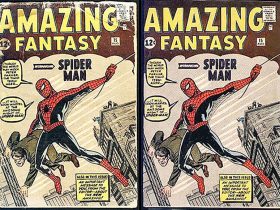
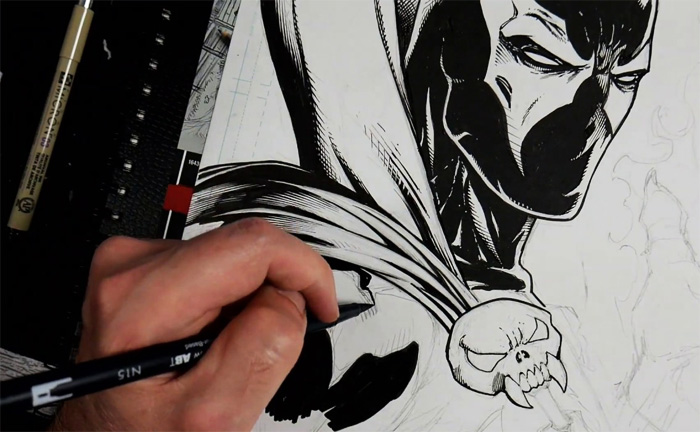
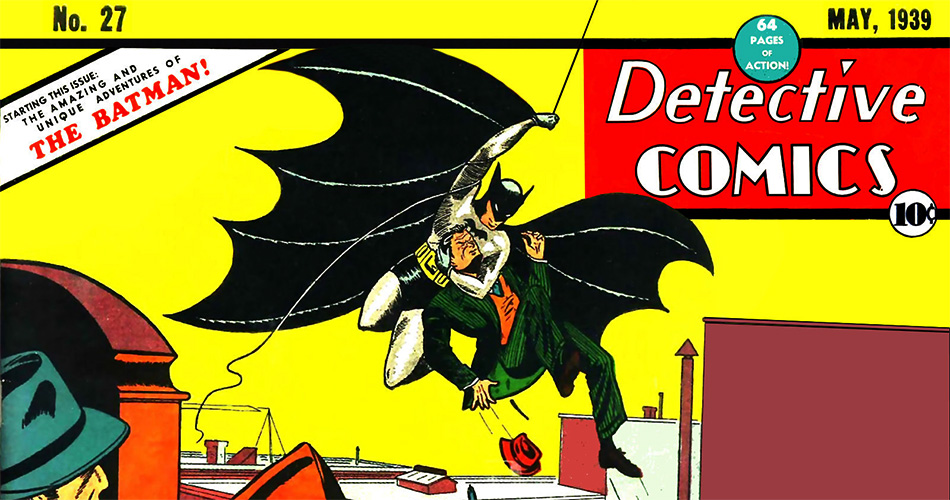
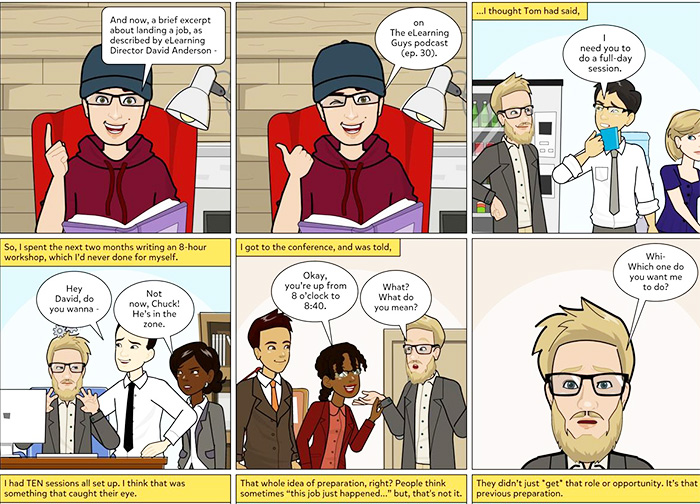
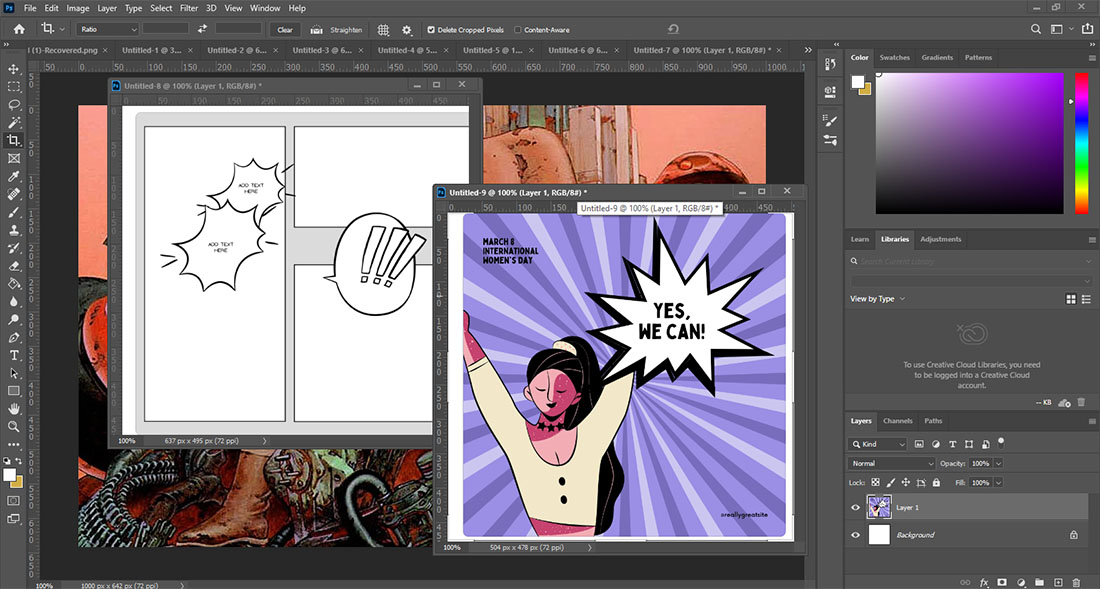
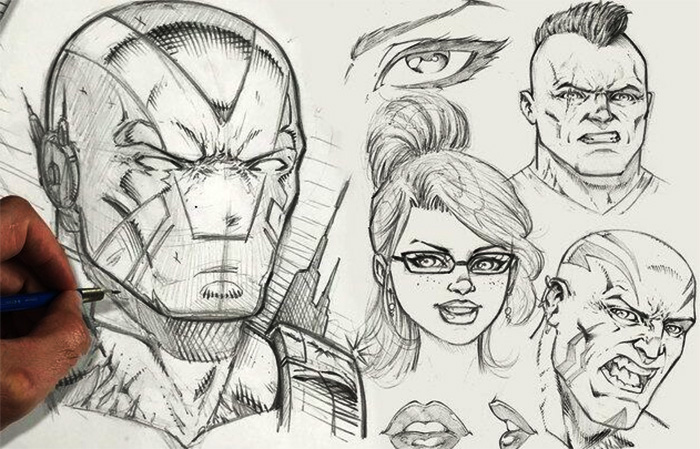
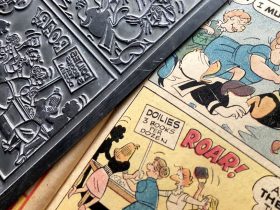

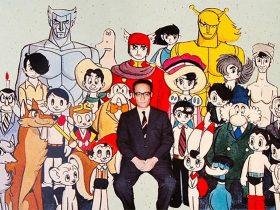
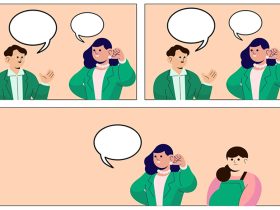
Leave a Reply